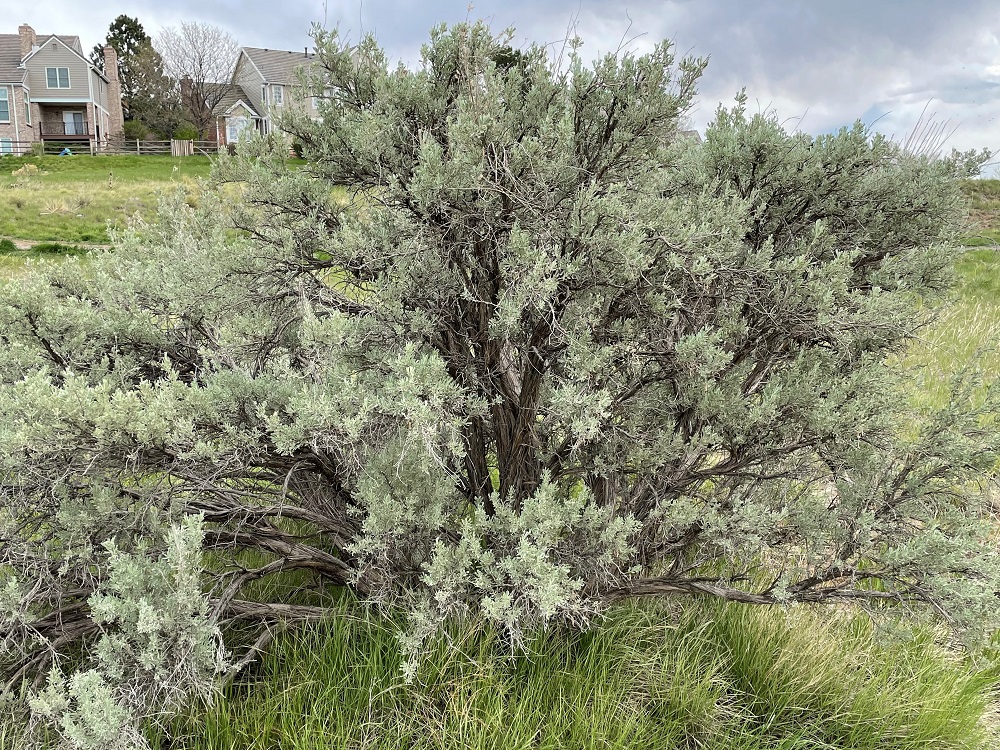The Big, or Common, Sagebrush shrub is a large shrub with silver white to light green leaves and woody stems. It is common and widespread throughout Colorado. The silver sheen of the leaves is due to having many hairs on them and is an adaptation to dry climates.
These shrubs can range from 3 feet to about 12 feet tall and 2 to 10 feet across, growing best in dry, wide open spaces. Their late summer blooms are small enough to be inconspicuous, so they are mostly identified by their fragrant silver leaves.
When the leaves are crushed they have a characteristic spicy odor. The woody stems are twisted and covered in a stringy, fragile bark that falls off easily.
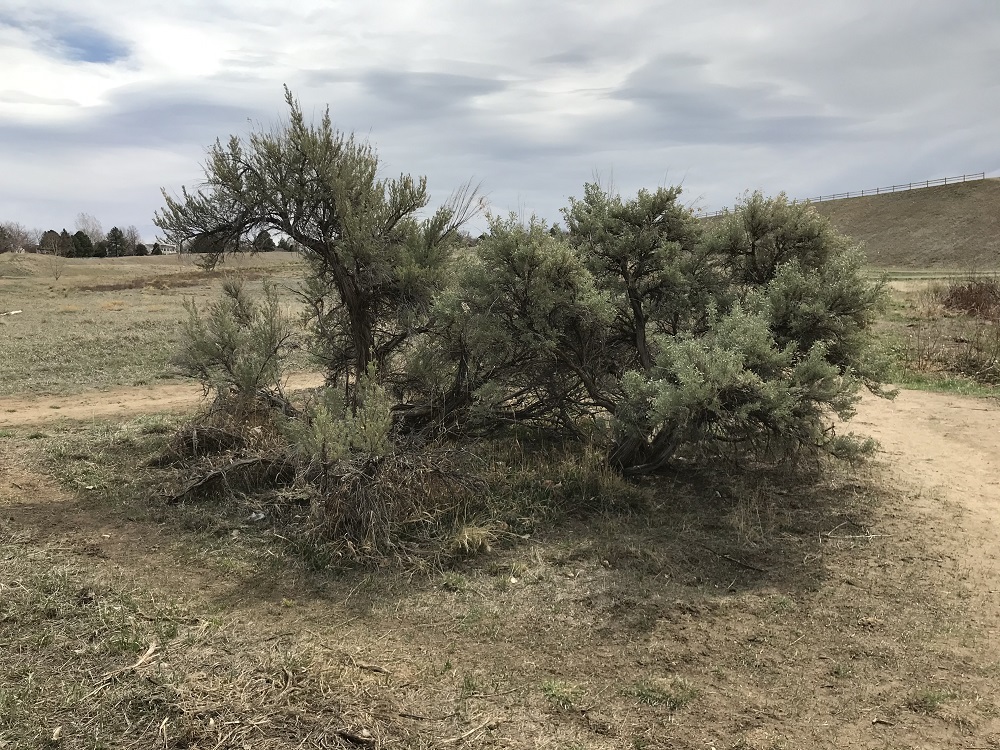
Scientific name and Plant Family Information
The Scientific name for the Big Sagebrush shrub is Artemisia tridentata (previously Seriphidium tridentatum). Tridentata refers to the three lobes (teeth) of the leaves.
Artemisia honors the Greek goddess Artemis (known in the west as Diana) referring to medicinal plants.
It is in the plant family Asteraceae (Sunflower), which also has sages, thistles, marigolds, daisies, asters and sunflowers.
Plants in this family have a flower head that is actually a cluster of many small flowers, which allows for more flowers to be fertilized by a single visit by a bee or butterfly.
The sunflower plant family is the second largest family of flowering plants in the world (after Orchids)! Plants in this family are found on every continent except for Antarctica, proving that they are very successful in the plant world.
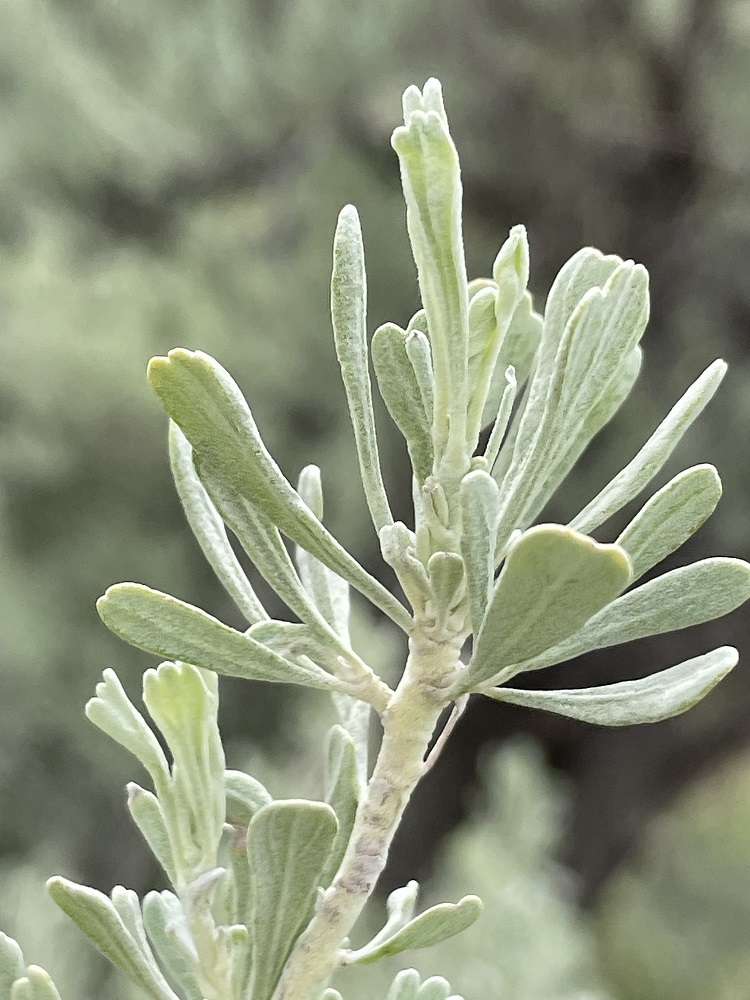
Through the Seasons
The Big Sagebrush is evergreen, with the leaves staying green year-round. In the spring, the leaves of the Big Sagebrush turn a brighter shade of green. In late summer, the yellow-green blooms appear on the ends of the branches, but are so small that they are barely noticeable.
In the winter, their leaves are a dull green.
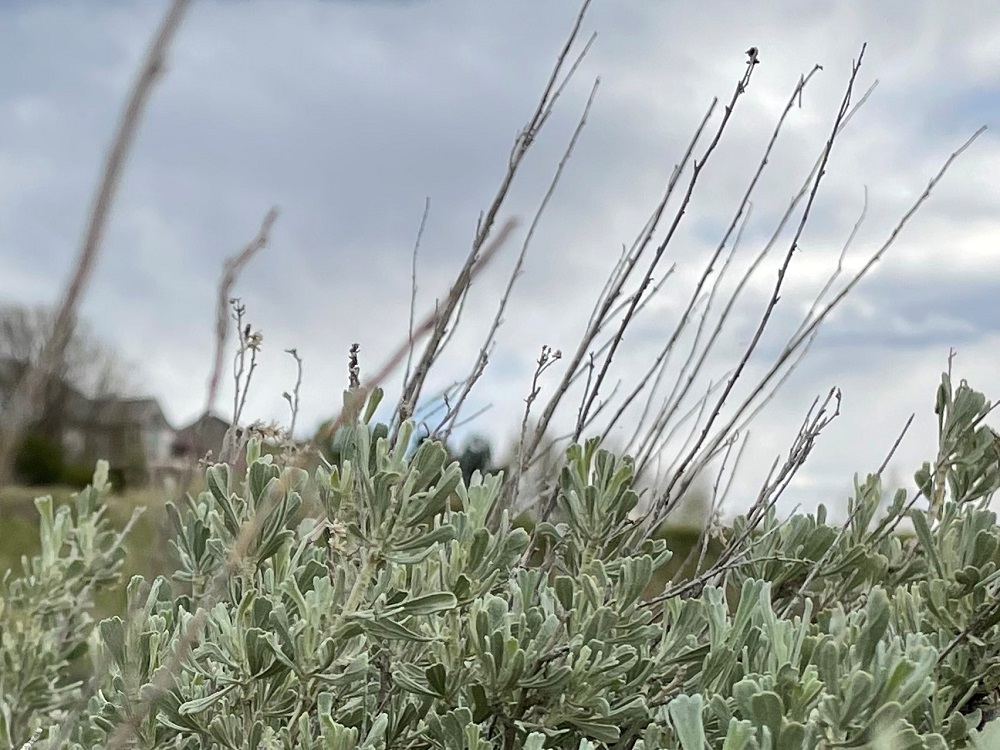
Native or Non-Native?
Big Sagebrush is native to this area and grows in dry open spaces. It can be found on the plains, foothills and intermountain parks, where it can grow up to 10,000 feet elevation. It is more prevalent on the western slope.
Where to find in Willow Spring Open Space
There is a Rocky Mountain Juniper/Big Sage community just north of the Englewood Dam where there are many bike trails. There are also Big Sage plants in the plains portion of the Willow Spring Open Space north of the dam and a few plants south of the dam.
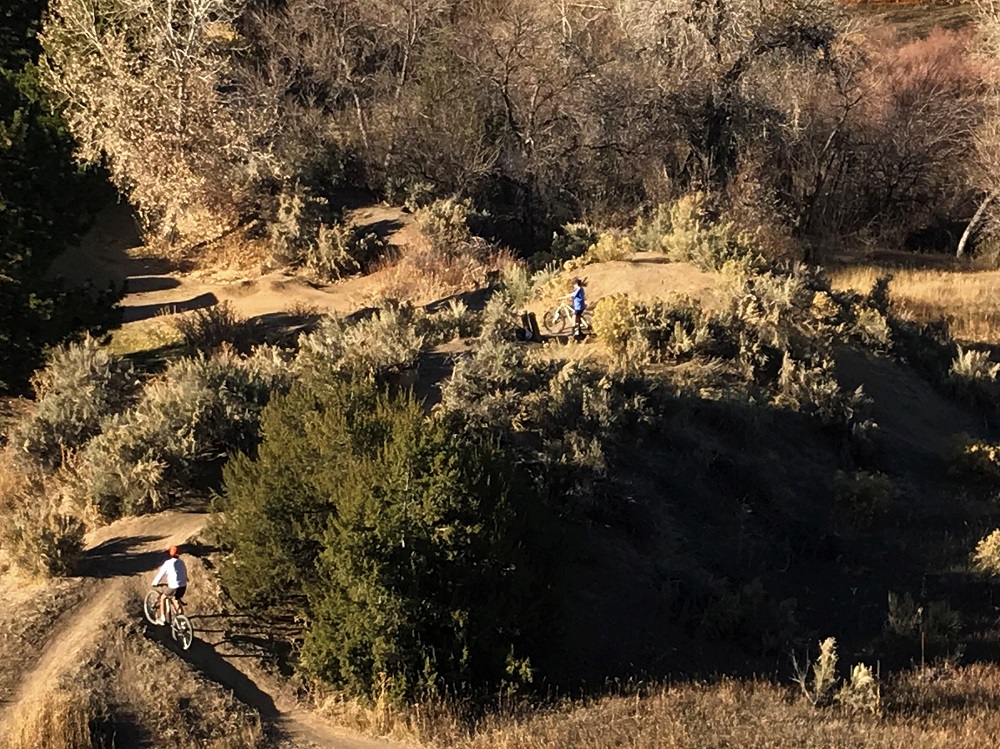
Did You Know?
The Big Sagebrush has been used extensively by Native Americans. The leaves were used to make medicinal teas, the wood was used as fuel and the stringy bark was used to make ropes and baskets.
References and Further Reading
- From Grassland to Glacier: The Natural History of Colorado and the Surrounding Region, by Cornelia Fleischer Mutel and John C. Emerick, 1992
- Botany in a Day: The Patterns Method of Plant Identification, by Thomas J. Elpel, 1967
- Flora of Colorado, by Jennifer Ackerfield, 2015
- Colorado Native Plant Database Data Portal, Colorado State University
- Colorado Flora Eastern Slope: A Field Guide to the Vascular Plants, 4th Edition, by William A. Weber and Ronald C. Wittmann, 2012


